

Articles
How To Store Seasonal Pillows
Modified: January 18, 2024
Learn how to properly store and preserve your seasonal pillows with these helpful articles. Keep your pillows in great condition year after year!
(Many of the links in this article redirect to a specific reviewed product. Your purchase of these products through affiliate links helps to generate commission for Storables.com, at no extra cost. Learn more)
Introduction
As the seasons change, so too does our home decor. One key element of seasonal decor is switching out throw pillows to reflect the colors and themes of the different seasons. However, when the time comes to store these pillows, it’s important to do so properly to keep them in pristine condition until they are needed again.
In this article, we will explore the best methods for storing seasonal pillows. We will discuss the importance of choosing the right storage method, cleaning and preparing the pillows, and organizing them for easy retrieval. By following these guidelines, you can ensure that your pillows stay in top-notch condition during their time in storage.
Key Takeaways:
- Proper storage of seasonal pillows is crucial for maintaining their quality and freshness. Choose the right storage method, clean and prepare the pillows, and organize them effectively to ensure they stay in excellent condition until the next season.
- Different types of pillows require specific care when it comes to storage. Follow the guidelines for down, feather, foam, polyester, memory foam, lumbar, decorative, and outdoor pillows to preserve their quality and ensure they are ready for use when the appropriate season arrives.
Read more: How To Store Seasonings
Choosing the Right Storage Method
When it comes to storing your seasonal pillows, it’s crucial to select the appropriate storage method based on the material and size of the pillows. Choosing the right storage method will help protect the pillows from dirt, dust, moisture, and pests.
Here are some popular storage options to consider:
Vacuum Storage Bags: Vacuum storage bags are a great choice for storing pillows because they compress the pillows, minimizing the amount of space they take up. These bags are made of durable materials that prevent dust, dirt, and pests from infiltrating. Simply place the pillows inside the bag, seal it, and use a vacuum cleaner to suck out the air, compressing the pillows.
Clear Plastic Containers: Clear plastic containers offer a practical and convenient storage solution. They provide protection against moisture and pests, and the transparency allows for easy identification of the pillows inside. Make sure to choose containers that are large enough to accommodate the pillows without squishing them.
Wardrobe Storage Boxes: Wardrobe storage boxes are designed specifically for clothing and fabric items. They typically have a sturdy construction and provide ample space for pillows. These boxes often come with airtight seals or zippered closures to keep out dust and pests.
Fabric Pillow Covers: Another option for storing seasonal pillows is to use fabric pillow covers. These covers provide an additional layer of protection and can be easily washed if needed. Simply place the pillows inside the covers and store them in a cool, dry place.
When choosing the right storage method, consider the space available in your home, the level of protection needed, and the ease of accessing the pillows when you need them again. By selecting the appropriate storage method, you can ensure that your seasonal pillows stay safe and well-preserved until they are needed for the next season.
Cleaning and Preparing the Pillows
Before storing your seasonal pillows, it’s important to clean and prepare them properly. This will help maintain their quality and freshness while in storage.
Here are some steps to follow:
- Check the Care Instructions: Start by checking the care label on the pillows for any specific cleaning instructions. Different types of pillows may require different cleaning methods. For example, foam pillows may need to be spot cleaned, while fabric pillows can be machine washed.
- Machine Washable Pillows: If your pillows are machine washable, it’s recommended to give them a thorough cleaning before storing. Use a gentle cycle, mild detergent, and warm water. Add an extra rinse cycle to ensure all soap residue is removed. After washing, allow the pillows to air dry completely.
- Spot Cleaning: For pillows that can’t be machine washed, spot cleaning is the next best option. Use a mild detergent diluted in water on a clean cloth or sponge to gently clean any stains or dirt. Blot the area rather than rubbing it to avoid spreading the stain. Allow the pillows to air dry completely.
- Fluff and Restore Shape: Once the pillows are clean and dry, give them a good fluffing to restore their shape. This will help maintain their loft and ensure they look nice when you use them again.
- Add Freshness: To keep your pillows smelling fresh while in storage, consider adding a natural scent. You can place a few drops of essential oil on a cotton ball and tuck it inside the pillowcase or storage container.
By cleaning and preparing your pillows before storage, you can remove any dirt or odors and ensure they are in the best condition possible for the next season.
Vacuum Storage Bags
Vacuum storage bags are an excellent option for storing seasonal pillows efficiently. These bags not only save space but also provide airtight protection against dust, dirt, moisture, and pests.
Here’s how to use vacuum storage bags for storing your pillows:
- Choose the Right Size: Select vacuum storage bags that are large enough to accommodate your pillows. Ensure there is enough room inside the bag for the pillows to compress without being squished.
- Prepare the Pillows: Before placing the pillows in the vacuum storage bags, ensure they are clean and dry. This will help prevent any mold or mildew growth while in storage.
- Insert the Pillows: Open the vacuum storage bag and insert the pillows. Be mindful not to overload the bag or place other items on top of the pillows, as this may affect the vacuum sealing process.
- Seal the Bag: Once the pillows are inside, close the zipper or seal of the bag tightly. Ensure there are no gaps or openings through which air or pests can enter.
- Use a Vacuum Cleaner: Attach the nozzle of a vacuum cleaner to the valve on the bag. Turn on the vacuum cleaner and allow it to remove the air from the bag. As the air is sucked out, the bag will compress and shrink, creating a more compact storage space.
- Double Check the Seal: After removing the vacuum cleaner, double-check the seal of the bag to ensure it is secure. This will prevent air from re-entering and compromising the effectiveness of the storage.
By using vacuum storage bags, you can significantly reduce the space needed to store your seasonal pillows while keeping them clean and well-protected. This method is especially useful if you have limited storage space or tend to accumulate a large number of pillows throughout the seasons.
Clear Plastic Containers
Clear plastic containers are a practical and convenient option for storing seasonal pillows. These containers offer protection against moisture, dust, and pests while providing visibility, so you can easily identify the pillows inside.
Here are the steps to effectively use clear plastic containers for pillow storage:
- Select the Right Size: Choose clear plastic containers that can comfortably accommodate your pillows without squishing them. It’s important to provide enough space for the pillows to maintain their shape and loft.
- Ensure Clean and Dry Pillows: Before placing the pillows in the containers, make sure they are clean and completely dry. Any moisture left in the pillows can lead to mold or mildew growth during storage.
- Arrange the Pillows: Place the pillows neatly inside the clear plastic containers. Avoid overstuffing or overcrowding the containers as this may cause the pillows to lose their shape.
- Seal and Secure: Close the lids of the containers tightly to create an airtight seal. This will prevent dust, moisture, and pests from entering the containers and damaging the pillows.
- Stack and Store: Stack the sealed clear plastic containers in a designated storage area. Make sure to place heavier containers at the bottom and lighter ones on top to prevent any damage to the pillows.
- Label the Containers: To easily locate specific pillows or know which season they belong to, label the containers. You can use adhesive labels or write directly on the containers with a waterproof marker.
Using clear plastic containers for pillow storage allows you to keep your pillows well-organized and protected. The clear design not only allows you to see what’s inside but also helps in maintaining a clutter-free storage area.
Store seasonal pillows in a cool, dry place to prevent mold and mildew. Use vacuum-sealed bags to save space and keep pillows clean. Avoid storing in plastic containers, as they can trap moisture.
Read more: What Pillows Does Four Seasons Use
Wardrobe Storage Boxes
Wardrobe storage boxes are specifically designed to store clothing and fabric items, making them an ideal choice for storing seasonal pillows. These boxes offer ample space, sturdy construction, and protection against dust, moisture, and pests.
Here’s how to effectively use wardrobe storage boxes for pillow storage:
- Choose Appropriate Size and Quantity: Select wardrobe storage boxes that can comfortably fit your pillows without squashing them. Consider the quantity of pillows you need to store and choose the right number of boxes accordingly.
- Ensure Clean and Dry Pillows: Prior to storing, ensure that your pillows are clean and completely dry. It’s crucial to eliminate any dirt, stains, or moisture that may lead to unpleasant smells or mold growth during storage.
- Arrange the Pillows: Place the pillows systematically inside the wardrobe storage boxes. You can neatly stack them or arrange them side by side, ensuring they maintain their shape and loft. Avoid overpacking the boxes to prevent unnecessary wrinkles or deformation.
- Secure the Boxes: Close the lids of the wardrobe storage boxes tightly to create a seal. This will protect the pillows from dust, humidity, and potential pest infestation. Ensure that the lids are secured and locked if the boxes have that feature.
- Select an Optimal Storage Location: Choose a cool, dry, and well-ventilated area to store the wardrobe storage boxes. Avoid areas with extreme temperature fluctuations or areas prone to humidity, as these conditions can damage the pillows over time.
- Label and Organize: To easily locate pillows for specific seasons, label the boxes according to their contents. You can use adhesive labels or create a simple inventory list to keep track of the pillows stored in each box.
- Handle with Care: When moving or storing the wardrobe storage boxes, handle them with care to avoid any unnecessary impact or damage to the pillows inside. This will help maintain their overall quality and prolong their lifespan.
By utilizing wardrobe storage boxes, you can keep your seasonal pillows well-organized, protected, and easily accessible when needed. These boxes offer the perfect solution for keeping your pillows in excellent condition until the next season rolls around.
Fabric Pillow Covers
Fabric pillow covers provide an additional layer of protection for your seasonal pillows while in storage. These covers help to guard against dust, dirt, and potential damage, while also allowing for easy removal and cleaning, if necessary.
Here’s how to effectively use fabric pillow covers for storage:
- Select High-Quality Covers: Choose fabric pillow covers that are made of durable materials to ensure long-lasting protection. Look for covers that are breathable and provide a tight seal to prevent dust and pests from entering.
- Clean Pillows Before Covering: It is crucial to clean your pillows before placing them inside the fabric covers. This will prevent any dirt, stains, or odors from transferring to the covers, keeping them fresh and ready for use.
- Insert Pillows Into the Covers: Carefully insert your seasonal pillows into the fabric covers, making sure to align the corners and edges properly. If the covers have an opening or zipper, ensure that it is securely closed to prevent any dust or pests from entering.
- Label the Covers: Consider labeling the fabric pillow covers to easily identify the specific pillows or the season they belong to. You can use adhesive labels or attach tags with relevant information.
- Store in a Cool, Dry Place: Find a suitable storage location that is cool, dry, and away from direct sunlight. Avoid storing the covered pillows in areas prone to humidity, as it can encourage mold or mildew growth.
- Avoid Heavy Items on Top: When stacking or storing the fabric-covered pillows, take care to avoid placing heavy items on top of them. Excessive weight can lead to compression and might result in loss of shape or deformation.
- Periodically Check and Clean: It’s a good idea to periodically check on your stored pillows and fabric covers. Inspect for any signs of dirt, moisture, or pests. If necessary, clean the covers according to the manufacturer’s instructions.
By using fabric pillow covers, you can ensure your seasonal pillows remain clean, protected, and ready to use for the next season. These covers provide an extra layer of defense against dust and help maintain the overall quality of your pillows over time.
Labeling and Organizing the Storage
Proper labeling and organization of your stored seasonal pillows is essential for easy retrieval and maintaining their condition. By following a systematic approach, you can ensure that you quickly find the pillows you need when the next season arrives.
Here are some tips for effective labeling and organizing of pillow storage:
- Use Clear and Visible Labels: Clearly label each storage container, bag, or box with the season or theme of the pillows inside. Use large, legible fonts or printed labels to make the text easily readable. Consider using color-coded labels to further distinguish between different seasons.
- Create an Inventory List: Keep an inventory list that outlines the contents of each storage container. Write down the specific pillows stored inside, along with any additional details you deem necessary. This will serve as a quick reference guide when searching for specific pillows.
- Group Similar Pillows Together: Organize your storage containers based on the similarity of the pillows. Keep pillows of the same season or theme together to make them easily accessible when needed.
- Arrange by Season or Frequency of Use: Determine the frequency with which you rotate your seasonal pillows and arrange them accordingly. If you frequently change out pillows for different seasons, consider placing the most upcoming season’s pillows at the front of the storage area for quick access.
- Stack or Store Vertically: Depending on the storage space available, consider stacking containers or storing them vertically to save space. Ensure that the containers are sturdy and properly sealed to prevent any shifting or damage to the pillows.
- Consider a Storage System: Invest in a storage system specifically designed for organizing pillows. These systems often include shelves or compartments that allow for easy separation and organization of different pillow types, sizes, and seasons.
- Arrange Labels and Inventory List: Keep the labels and inventory list in a prominent and accessible place near the storage area. This will help you quickly identify the contents of each container without having to search extensively.
- Review and Update Regularly: Regularly review and update your inventory list as you add or remove pillows. This will ensure that your labeling and organization system remains accurate and efficient over time.
By implementing these labeling and organizing strategies, you can simplify the process of searching for and retrieving specific seasonal pillows. It will also help you maintain a neat and well-structured storage area for your pillows.
Tips for Storing Different Types of Pillows
Each type of pillow requires special care when it comes to storage. By understanding the specific needs of different pillow materials, you can ensure they stay in optimal condition. Here are some tips for storing different types of pillows:
- Down and Feather Pillows: Before storing down and feather pillows, ensure they are thoroughly cleaned and dried. Place them in breathable fabric covers to protect against dust and store them in a cool, well-ventilated area. Fluff the pillows periodically to maintain their loft.
- Foam Pillows: Foam pillows should be stored in a clean and dry environment. Avoid compressing foam pillows too tightly, as it can affect their shape and structure. Consider using fabric covers or pillowcases to protect them from dust and stains.
- Memory Foam Pillows: Memory foam pillows are sensitive to heat and direct sunlight, so be cautious when storing them. Keep them in a cool, dry place away from sunlight. Avoid folding or bending memory foam pillows, as it can cause permanent damage to the material.
- Polyester or Synthetic Pillows: Polyester or synthetic-filled pillows can be machine washed and dried. Clean them according to the manufacturer”s instructions before storage. Once dry, place them in fabric covers or pillowcases to protect them from dust and store in a dry area.
- Lumbar Pillows: Lumbar pillows, commonly used for lower back support, can be stored using the same guidelines as other types of pillows. Choose appropriate storage containers or bags that accommodate their size and shape.
- Decorative or Accent Pillows: Decorative or accent pillows are typically made of delicate fabrics or have intricate designs. Clean them according to the care instructions and place them in fabric covers or specially designed pillow storage bags to prevent damage. Store them in a dry area to maintain their aesthetic appeal.
- Outdoor Pillows: To store outdoor pillows, ensure they are completely dry. Clean them following the instructions provided by the manufacturer. Use waterproof or weather-resistant storage bags or containers to protect them from moisture and pests. Store them in a cool, dry place to prevent mildew or mold growth.
It’s essential to consult the care labels or manufacturer’s instructions for each type of pillow before storage. These tips will help you preserve the quality and longevity of your pillows, ensuring they are ready to be used again when the appropriate season arrives.
Read more: How To Store Seasonal Decorations
Conclusion
Properly storing seasonal pillows is essential to keep them in excellent condition and ready for use when the time comes. By choosing the right storage method, cleaning and preparing the pillows, and organizing them effectively, you can ensure they remain clean, fresh, and well-preserved throughout their time in storage.
Consider using vacuum storage bags to save space and provide airtight protection. Clear plastic containers offer convenience and visibility, while wardrobe storage boxes provide ample space and sturdy protection. Fabric pillow covers offer an additional layer of defense against dust and dirt.
Before storing, make sure to clean the pillows according to their care labels and allow them to fully dry. Fluff and restore their shape, and consider adding a fresh scent for a pleasant storage experience.
Labeling and organizing the storage is crucial for easy retrieval. Use clear and visible labels, create an inventory list, and group similar pillows together. Arrange the storage containers based on seasons or frequency of use, and consider investing in a storage system if necessary.
Lastly, different types of pillows require specific storage care. Remember to follow the guidelines for down, feather, foam, polyester, memory foam, lumbar, decorative, and outdoor pillows to ensure their optimal preservation.
By following these tips and guidelines, you can store your seasonal pillows effectively, maintaining their quality and ensuring they are in excellent condition for the next season. With proper storage, your pillows will be ready to bring comfort and style to your home year after year.
Frequently Asked Questions about How To Store Seasonal Pillows
Was this page helpful?
At Storables.com, we guarantee accurate and reliable information. Our content, validated by Expert Board Contributors, is crafted following stringent Editorial Policies. We're committed to providing you with well-researched, expert-backed insights for all your informational needs.
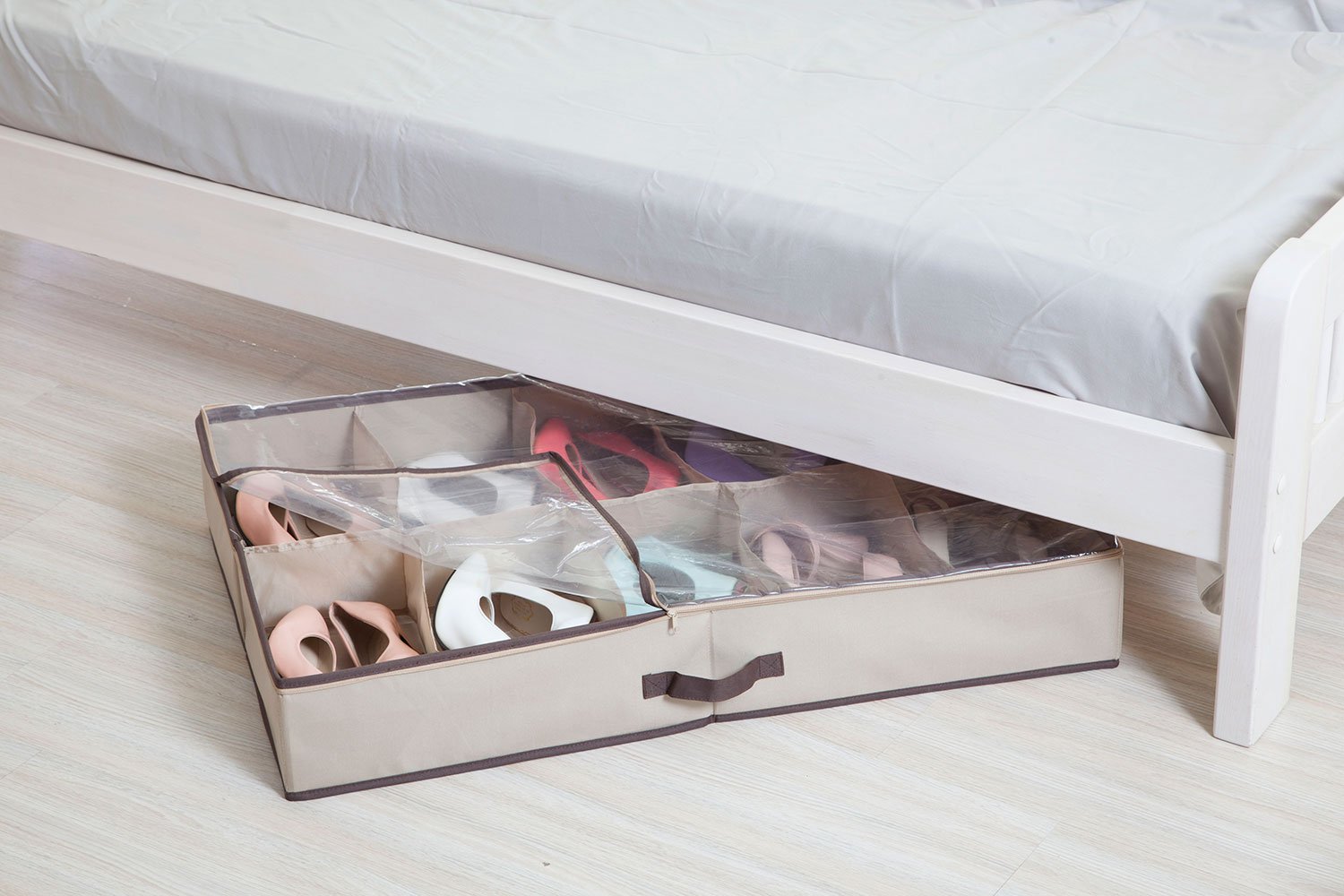
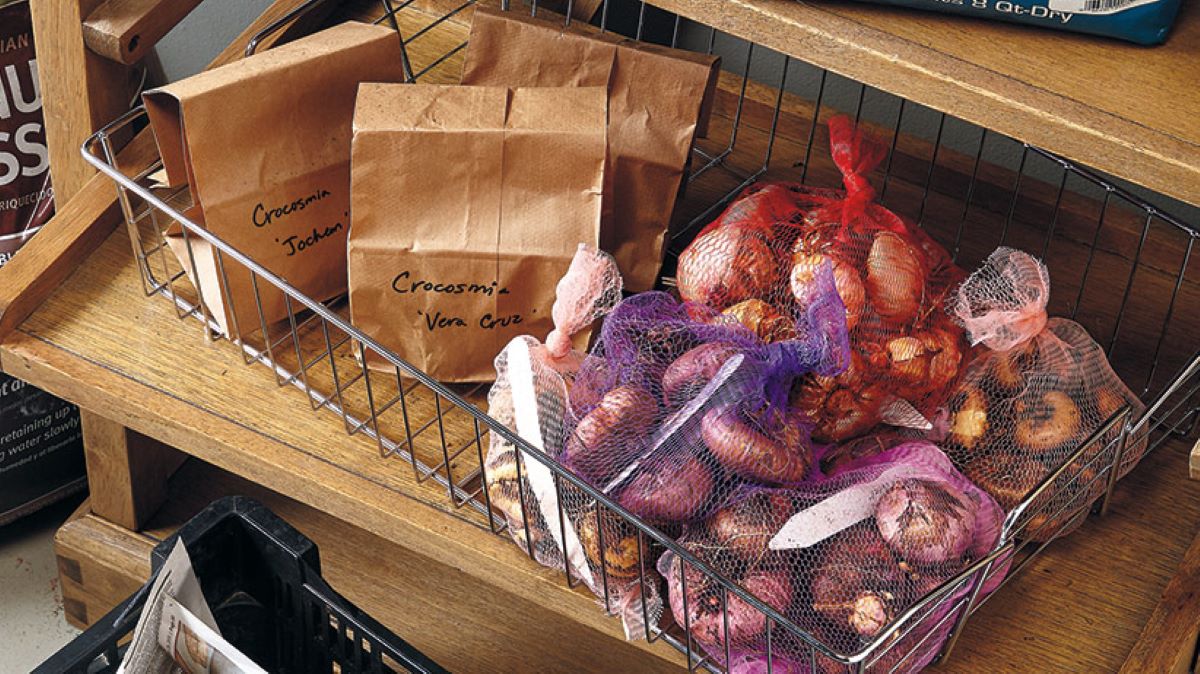
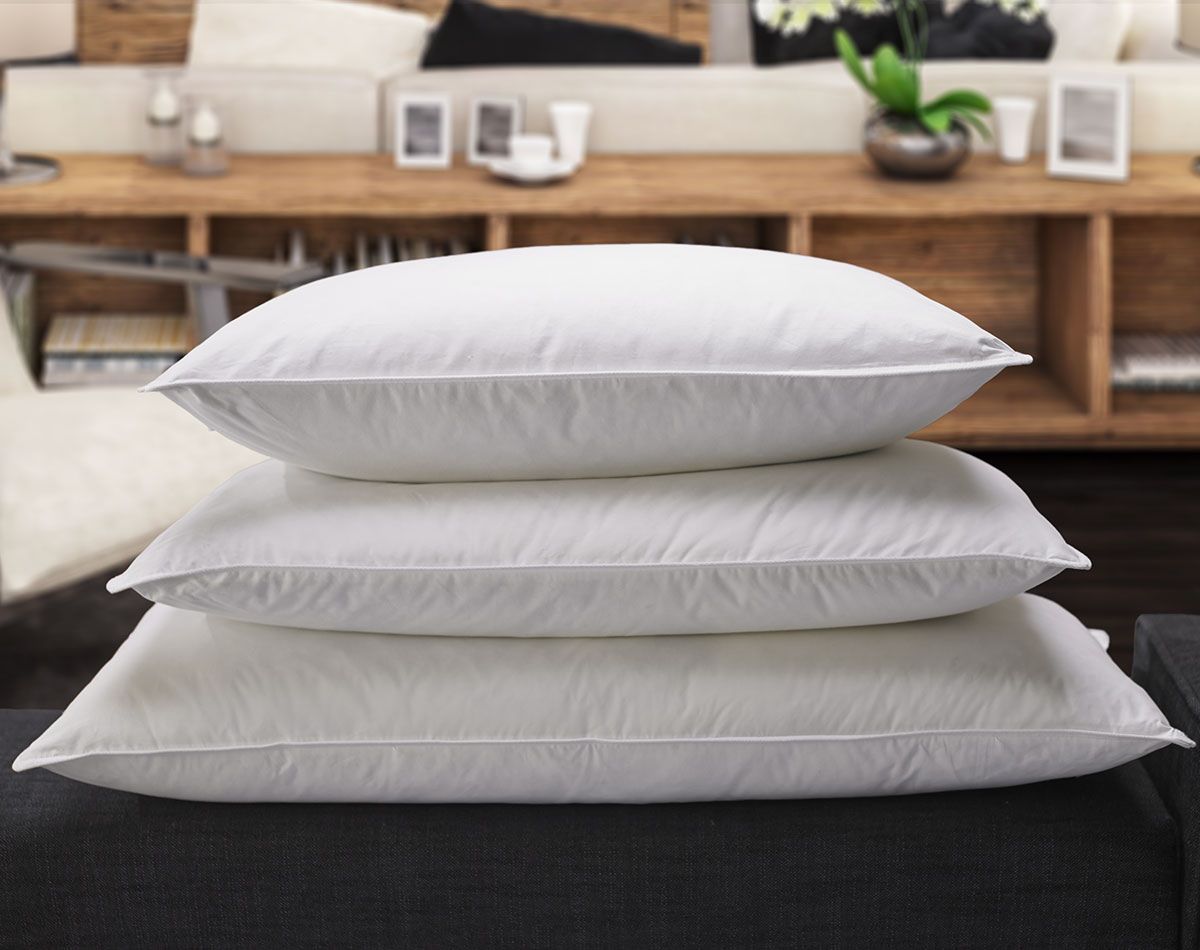




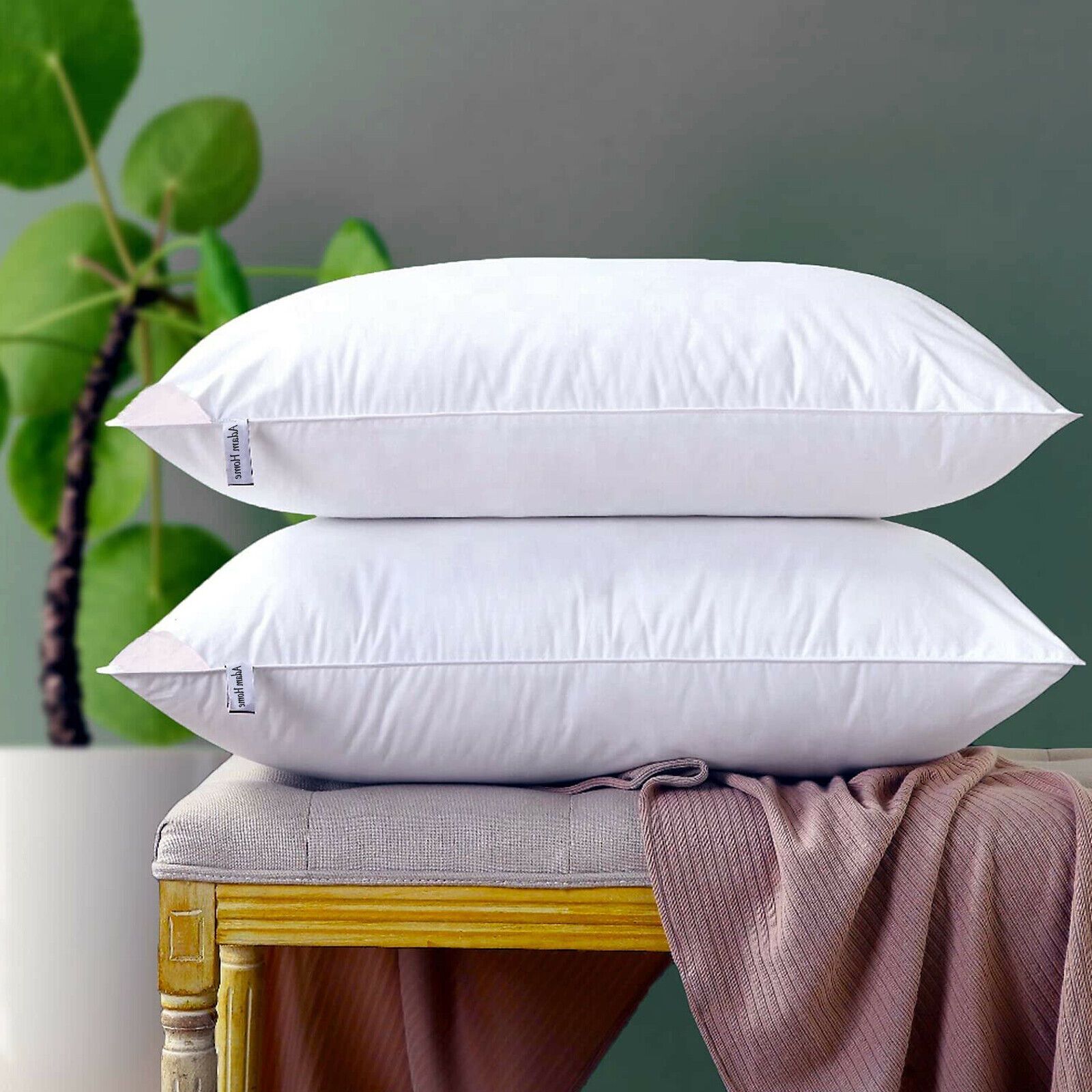


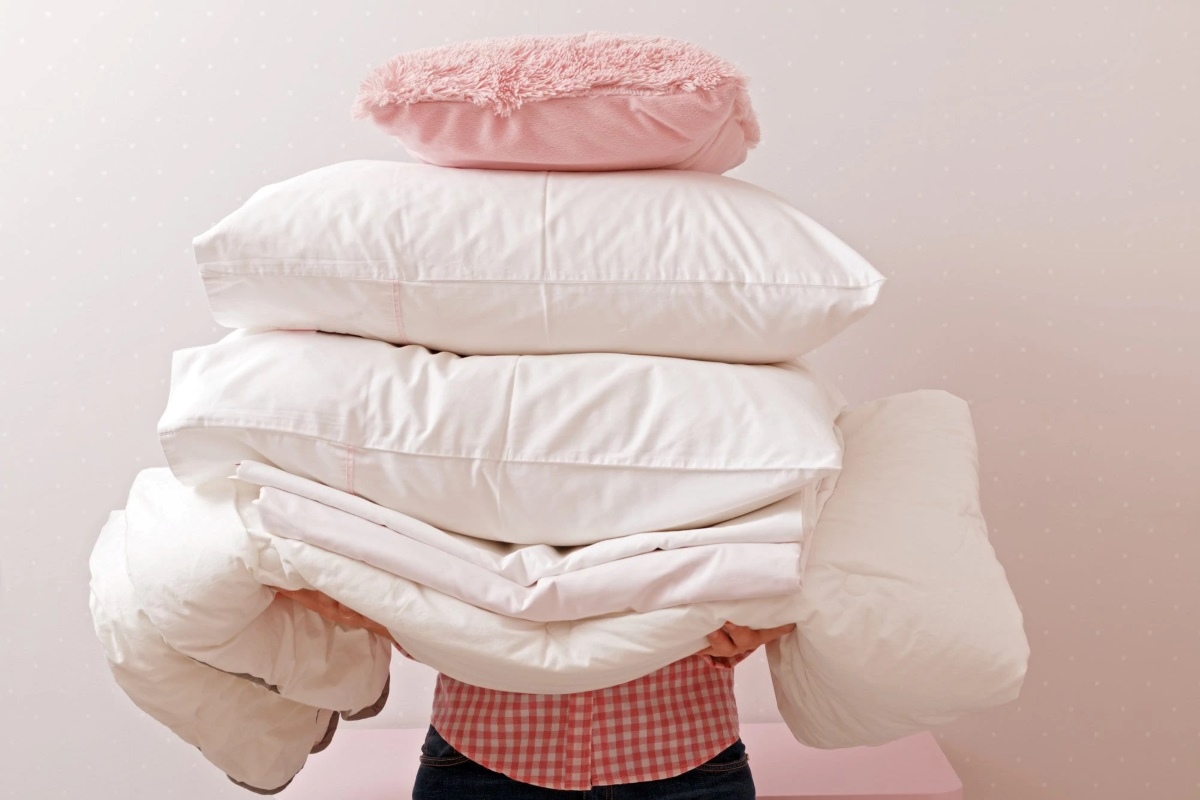
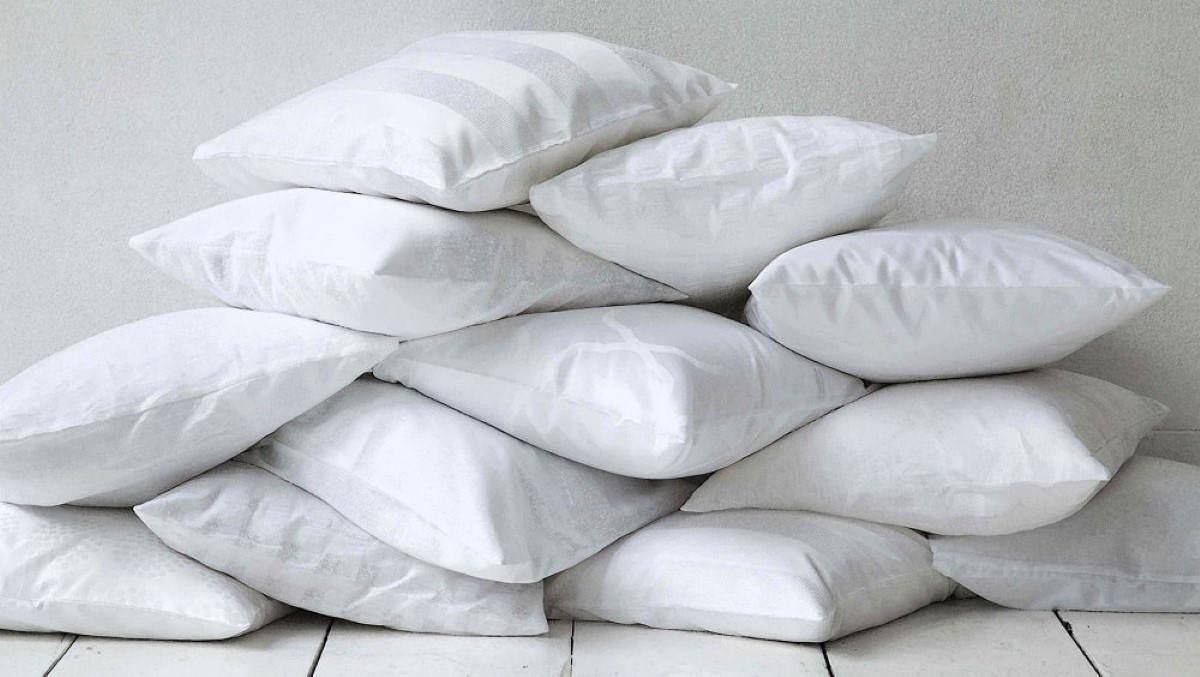


0 thoughts on “How To Store Seasonal Pillows”